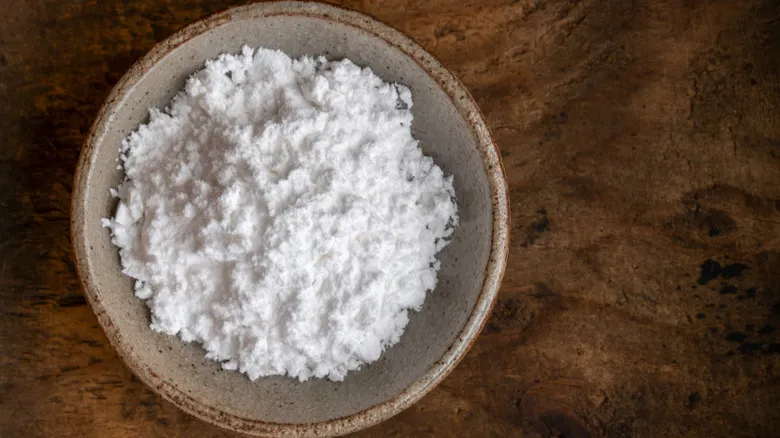Lemon juice

If you're looking for a substitute that can replicate the stabilizing or leavening properties of cream of tartar, consider using fresh lemon juice. The natural acidity of lemon juice closely resembles that of cream of tartar, and its citrusy taste adds a delightful zing to your baked goods.
When using lemon juice as a leavening agent, you should use twice the amount compared to cream of tartar. If you're stabilizing eggs, use four times as much lemon juice. The vibrant flavor of lemon juice makes it an excellent choice, especially for a simple angel food cake.
White vinegar
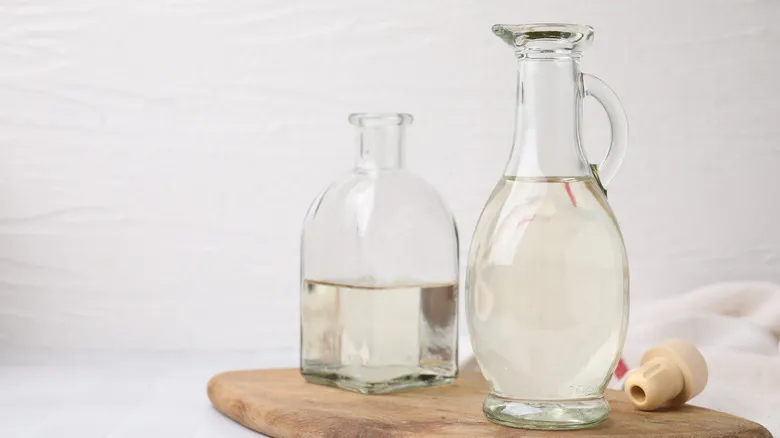
The acidity of white vinegar allows it to function like lemon juice as a substitute for cream of tartar, making it particularly effective in stabilizing egg white dishes such as meringues. However, one downside of using vinegar is that it may impart an undesirable taste. Therefore, although other vinegar varieties could technically be used, it's best to stick with white vinegar in your recipes due to its milder flavor. When substituting white vinegar for cream of tartar, use the same proportions as you would for lemon juice.
Baking powder
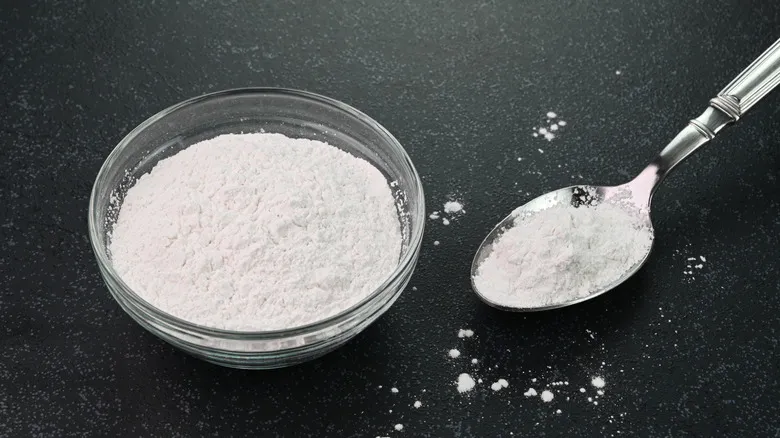
Unlike the other options on this list, baking powder is most effective as a substitute for cream of tartar when your recipe includes baking soda. This is because baking powder already contains both cream of tartar and baking soda, allowing you to easily adjust the ratios and swap ingredients to make the recipe work.
When using baking powder in place of cream of tartar, you must also remove any baking soda to avoid using too much of the same ingredient. For instance, to substitute 1 teaspoon of cream of tartar, you should eliminate ½ teaspoon of baking soda. Then, replace it all with 1½ teaspoons of baking powder. Baking powder is particularly beneficial in recipes where cream of tartar serves as a leavening agent, such as in cakes or cookies.
Buttermilk

Buttermilk can serve as an alternative to cream of tartar due to its acidity. However, because it is a dense liquid, you'll need to adjust the other liquid components in your recipe to maintain the proper baking balance. For example, if a recipe requires ¼ teaspoon of cream of tartar, you should decrease the liquid in the batter by ½ cup and incorporate ½ cup of buttermilk in its place. While this approach requires a bit more precision to achieve the right proportions, the acidity of buttermilk makes it a suitable substitute for cream of tartar in certain baked goods.
Thinned yogurt
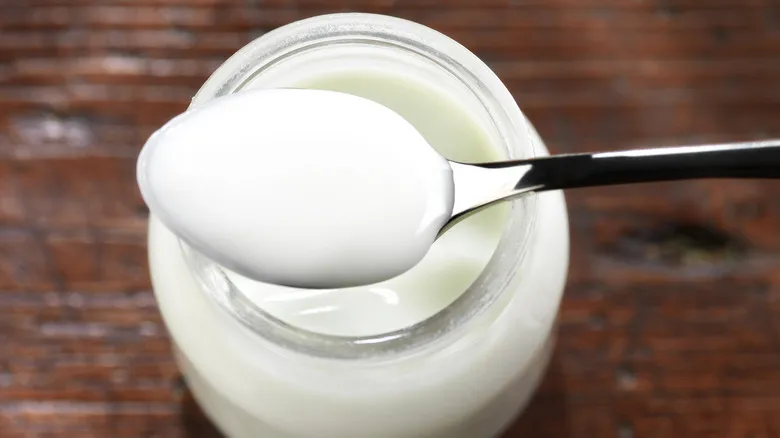
Plain yogurt can serve as a substitute for cream of tartar in recipes that require acidity. Begin by mixing some milk or water into the yogurt until it reaches a thicker consistency. Then, follow the same approach as you would when using buttermilk: if your recipe calls for ¼ teaspoon of cream of tartar, decrease the liquid by ½ cup and incorporate ½ cup of the thinned yogurt. This alternative can add moisture and a tangy taste to your baked goods—just be sure to avoid flavored yogurt unless you're aiming for a more adventurous culinary experience.
Recommended

Your Air Fryer Is The Answer For A Small Batch Of Homemade Muffins

Why Fresh Pumpkin Is Worse Than Canned For Your Pie
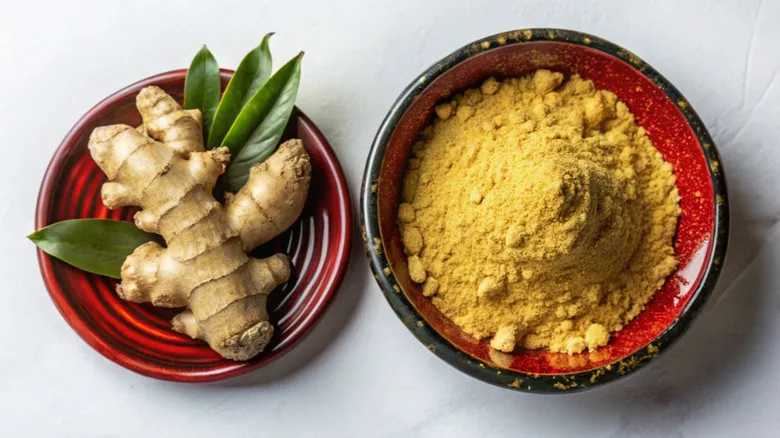
Ground Vs. Fresh Ginger: Which Is Best For Baking Cookies?
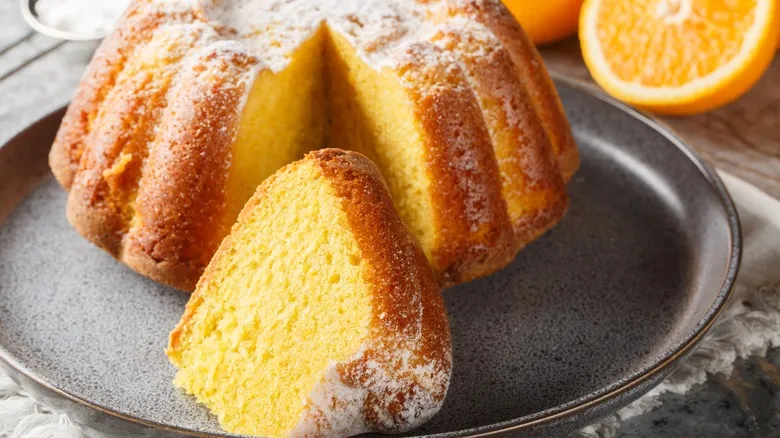
Why You Should Be Adding Yogurt To Your Cakes
Next up

